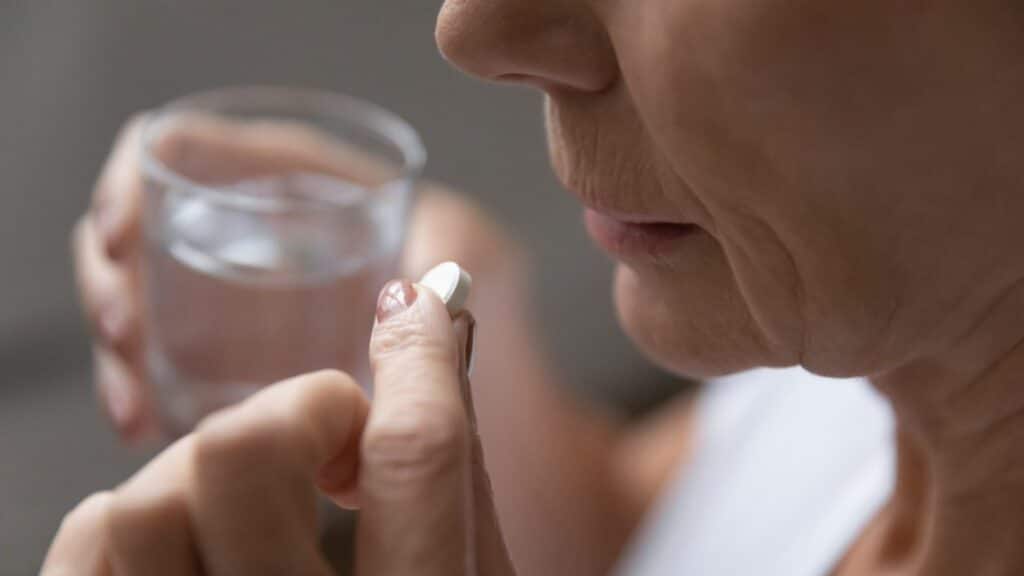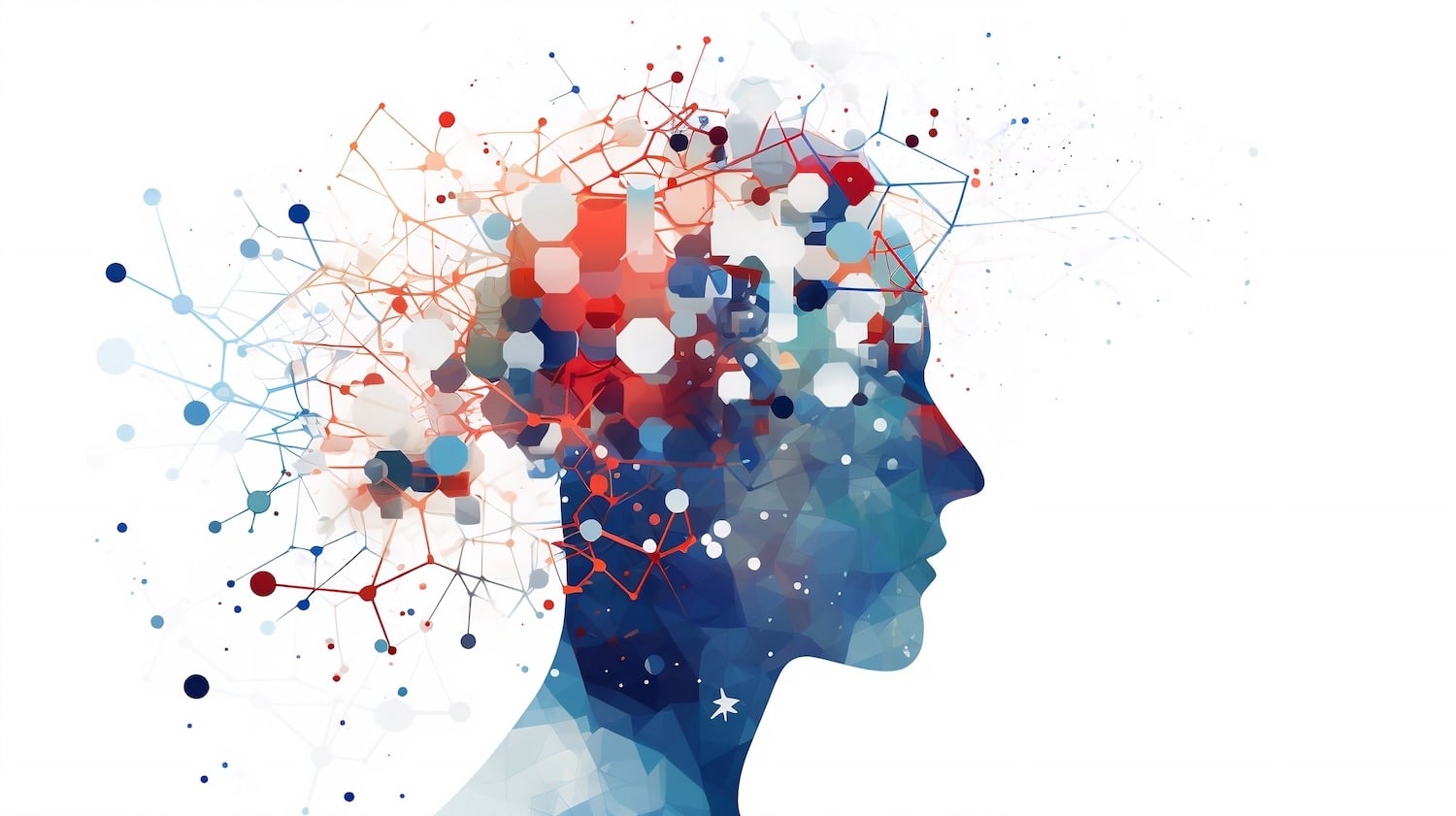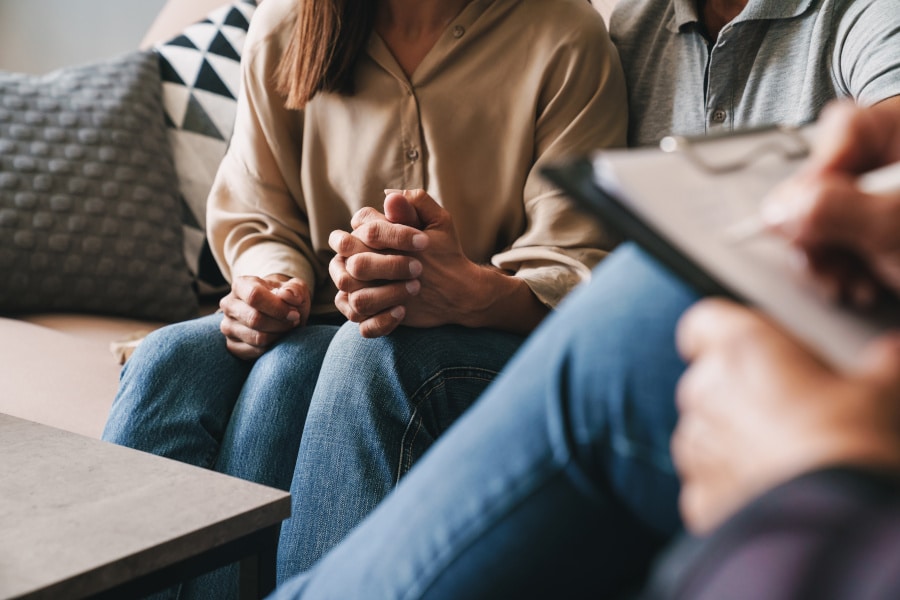Millions of adults in the United States use alcohol and illicit drugs every year. According to the National Survey on Drug Use and Health, in 2021:1
- 1 million people (47.5%) used alcohol in the past month
- 2 million people (21.9%) used an illicit drug in the past year
- 4 million people (13.0%) used marijuana in the past month
- 2 million people (3.3%) misused opioids in the past year
- 7 million people (3.1%) misused prescription pain relievers in the past year
- 9 million people (1.4%) misused benzodiazepines (ex. Xanax) in the past year

These staggering numbers may feel jarring to read, especially with the widespread knowledge about the dangers of substance abuse. You likely read about the sharp increase in substance and alcohol use rates throughout the early months of the COVID-19 pandemic. Around the same time, the United States also noted over 100,000 fatal drug overdoses in a single year.2
The dangers of opioid use are particularly pressing. Studies show that opioids are responsible for or involved in the majority of fatal overdoses. They are highly addictive and cause a range of harmful long-term effects. Plenty of research shows a drastic rise in opioid use and overdoses throughout the past two decades. While rates of opioid use are on the rise, there are steps you can take to be useful in your everyday life. What can you do to help?
Opioid Use Among Older People
Prescription opioids are often used to manage pain from chronic health conditions in older individuals. While rates of opioid and other substance use are highest among adolescents and young adults, some older adults and elderly people still struggle with opioid use disorder. Research shows that almost one million adults ages 65 and older experience opioid use disorder each year.
Additionally, rates of heroin use among older adults more than doubled between 2013 and 2015. Unfortunately, opioid misuse also places these individuals at risk of other problems. One study showed that over 25% of elderly people who misuse prescription opioids or benzodiazepines experience a higher likelihood of suicidal ideation. These alarming statistics make the need to help older adults struggling with opioid use clear.
Knowing the Signs of Opioid Use
Learning to recognize signs of opioid use is a crucial way to ensure people receive the help they need. The more familiar you are with the effects of opioid use, the easier it is to identify whether someone is using substances and the sooner you can find them help.4
Signs of opioid use include:
- Flu-like symptoms
- Drowsiness
- Changes in sleep habits
- Unexplained weight loss
- Poor hygiene
- Isolation from friends and family
- Quitting hobbies or activities
- Changes in exercise habits
- Financial difficulties
These signs may not indicate much on their own, but if your loved one recently started an opioid prescription, they may be a cause for concern. Keep an eye out for any of the things listed above and note whether they worsen as time goes on.
Symptoms of Opioid Addiction
Crossing the line from opioid use to opioid addiction is an even more dangerous situation. Once someone reaches the point of developing opioid use disorder, their chances of losing their life to opioid use increase exponentially. If you want to help reduce the rates of substance abuse, learning to recognize the symptoms of opioid addiction is the next step. These include:
- Using more opioids or using them for longer periods than intended
- Trying to cut back or quit but not being able to
- Experiencing cravings for opioids when not using them
- Failing to meet obligations at work or school because of opioid use
- Ending up in dangerous situations because of opioid use
- Continuing to use opioids despite their negative impact on physical or psychological health
- Needing to use greater amounts of opioids to experience the desired effect
- Experiencing withdrawals when not using opioids
If someone you know shows any of the symptoms of opioid addiction above, you should encourage them to seek help immediately. They can find hope, healing, and recovery at facilities such as Silver Pines. Our kind and caring clinicians and staff are dedicated to helping achieve freedom from the chains of substance abuse. To learn more about the programs we offer, call us at 267.209.7313 or submit an online contact form , and an admissions specialist can help you find the right fit for you.
References
- Substance Abuse and Mental Health Services Administration. (2022). 2021 National Survey on Drug Use and Health.
- Centers for Disease Control and Prevention. (2021). Drug Overdose Deaths in the U.S. Top 100,000 Annually.
- National Institute on Drug Abuse. (2023). Drug Overdose Death Rates.
- Johns Hopkins Medicine. (2022). Opioid Use Disorder.



